30/06/2017
Look the Oil paintings
But then there was the anti-angell.
The first is romantic delacroix. The man nicknamed the romantic lion and worshipped Rubens, so it was the romantic lion pie. The wind blows and the wind blows. He was the first person to touch the brush of his pen to show his colors, heat and power:
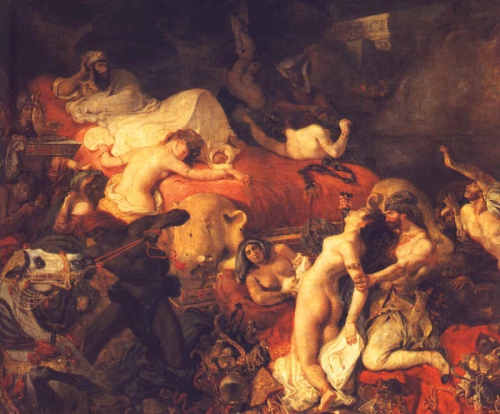
And then there's the courbet. This is more realistic, you have to draw the most everyday things, you don't want to draw things. Such as:
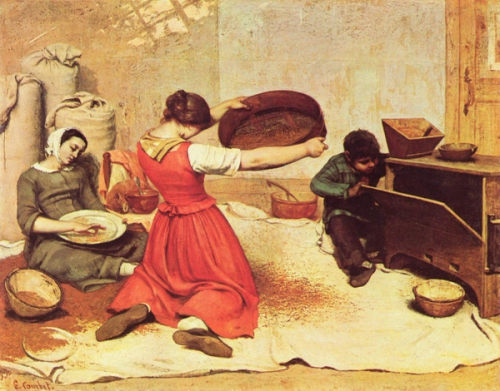
Then, in the 19th century, there were many painters in France who liked to write in the wild, and there was one of the greatest landscape painters of all time. He was able to grasp the dynamics of the scene and paint the fluffy texture of the wind.
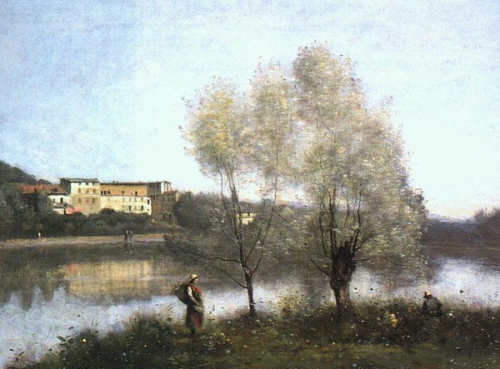
So:
Michael Cheval art
The rebellious spirit of delacroix; Courbet's "painting in front of me" and coro's field of wild sketching are a dynamic blend of spirit.
It became "painting at the scene, grasping the light of a moment, grasping the light".
That's the impressionist monet:
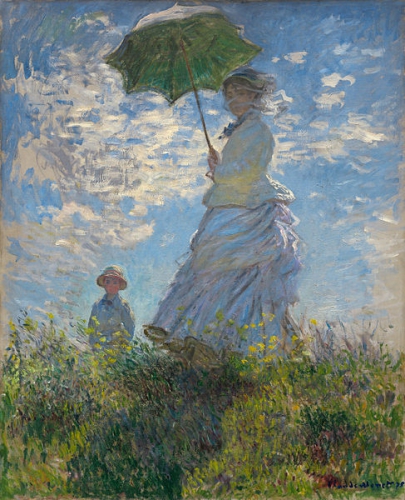
Later, Cezanne further studied, felt that all sketch, actually is the color block. Therefore, he tried to make an article on the material, color and existence of the object, which abandoned the western painting techniques. Let's feel the persistence of Cezanne's color and form:
Vladimir Kush
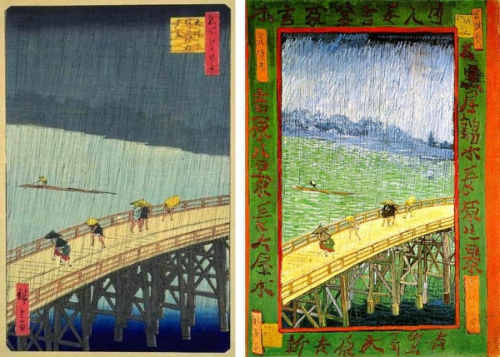
In the end, everyone was influenced by the Japanese floating world, and began to try the orientated perspective. Western oil painting techniques began to integrate with the east, which was later impressionism and the 20th century. Here is van gogh's imitation of the Japanese grand master gochuan.
26
Just a little bit of reasoning.
Master of oil painting is actually all-powerful, but each has its own focus.
So, look at Florence, feel their body composition.
Look at Venice, feel their colour.
Look at caravaggio's pie and feel their shade.
Look at the Dutch and the whole northern school, feel their details and look at them.
Look at the baroque, feel their grand sense of stage.
Look at classicism, feel their dignified and sedate composition and color.
Look at rococo, feel their fine looks and girly figure.
If you look at the new classic, watch the historical drama.
Look at the academy, just look at living sculpture.
Look at romanticism and feel the power boiling.
Look at impressionism, feel the light and feel the power of color to your senses.
Of course, all of these are superficial, just a general idea. It's not enough to think about it, it's not enough -- how many of them have been painted for four or five hundred years, just a few years? But there are some things in the world that know a little bit about how hard they are, aren't they?
03:02 | Lien permanent | Commentaires (0)